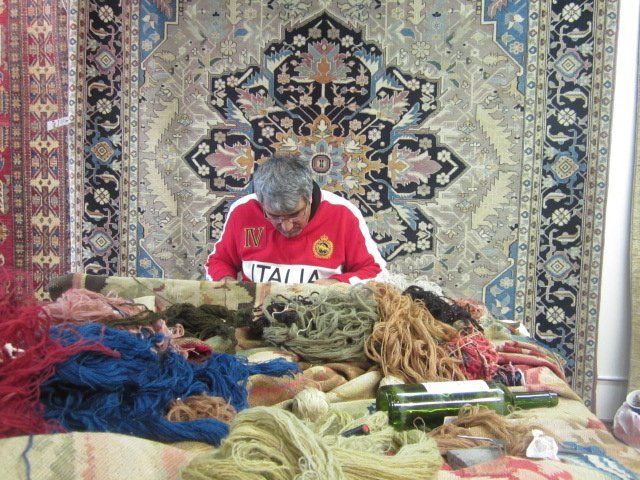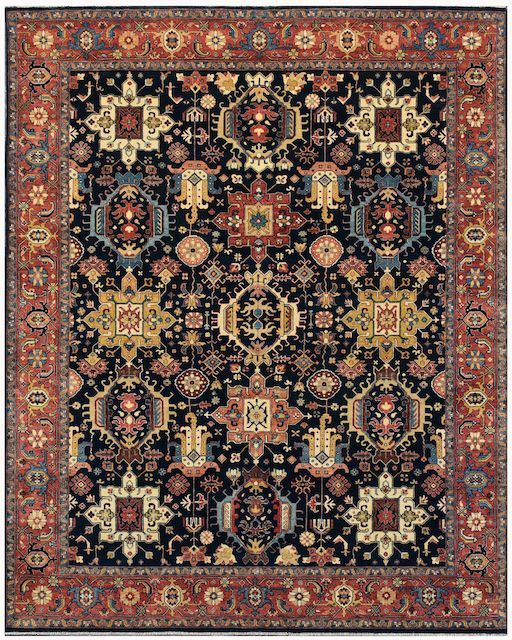Rug Hanging Service Berkeley
At Rug Masters Cleaning & Repair, we specialize in professional rug hanging and wall mounting services for Persian, Oriental, Turkish, Afghan, and antique rugs. Whether you want to display a family heirloom, a collectible silk rug, or a decorative handmade piece, our expert team ensures your rug is safely prepared and mounted as artwork.
Hanging a rug on the wall is a beautiful way to showcase it as artwork while protecting it from floor wear. The key is to install it safely without damaging the fibers or causing the rug to sag over time.
The most reliable method is to sew a fabric sleeve or casing along the back of the rug. This sleeve, often made from cotton or canvas, distributes the weight evenly when the rug is hung. A wooden or metal rod can then be inserted into the sleeve, allowing the rug to hang smoothly across the wall. This method works especially well for Persian, Oriental, and handmade rugs.
For smaller or lightweight rugs, rug clips or Velcro systems can also be used, but these must be applied carefully to avoid pulling on the weave. Heavy antique rugs, however, always require a reinforced backing for long-term protection.
Before installation, make sure the rug is clean and fully dry, as dirt or moisture can cause permanent damage. Position the rug away from direct sunlight to prevent fading, and avoid damp walls where mold could develop
How Should I Care for My Rug When It’s Hanging on the Wall?
Hanging your rug on the wall is an excellent way to preserve its beauty and protect it from daily foot traffic, but proper care is still essential to keep it looking its best.
First, dust regularly. Even on the wall, rugs collect dust and airborne particles. Use a soft brush attachment on a vacuum or a feather duster to gently remove buildup. Avoid pressing too hard, as this can stress the fibers.
Second, protect it from sunlight. Direct UV exposure will cause fading over time. If your rug hangs in a sunny room, consider using curtains, blinds, or UV-filtering window film to reduce light damage.
Third, inspect for pests. Moths are attracted to natural wool and silk fibers, even on rugs that aren’t on the floor. Check the back and edges of the rug every few months to ensure there are no signs of moth damage.
Fourth, control humidity and temperature. Avoid hanging rugs on damp or poorly ventilated walls, as moisture can cause mildew or warping.
Lastly, every few years, consider a professional cleaning and re-hanging service to refresh the rug and check that the mounting system is still secure













